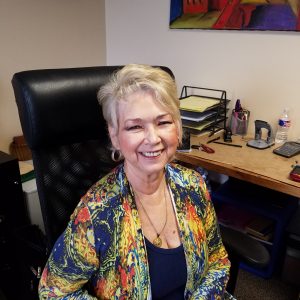

Our Mission
Why do we use the symbol of the Phoenix?
The Phoenix represents the symbols of rebirth, and renewal. According to some legends, the Phoenix has a 500 to 1000 year life-cycle, near the end of his life it builds itself a nest of twigs which is burned and reduced to ashes. However after the phoenix is engulfed in the flames, the ashes brings forth a new, young phoenix which arises to the universe. The phoenix is reborn anew to live again. The new phoenix is destined to live while transformed in a beautiful bird. Its plumage has the colors corresponding to fire: yellow, orange, red, and gold. The most universal characteristic is the bird’s ability to resurrect. The Huma bird joins both the male and female natures together in one body, each sharing a wing and a leg. This new phoenix embalms the ashes of its old self in an egg made of myrrh and deposits it in the Egyptian city of Heliopolis (literally “sun-city” in Greek). It is said that the bird’s cry is that of a beautiful song. In very few stories they are able to change into people. As the Pheonix, you can renew your life and be transformed into the magnificent human being that you are meant to be.
1
You Control The Thoughts That Create Your Life.
Life coaches and therapists both help people improve their lives, but in different ways. People seeking solutions to life, work, family, and relationship problems
2
Online Life & Personal Counseling
Coaching assumes you are whole and capable of leading a fabulous and happy life, says Wood. Therapy generally helps you heal from past harm or trauma

Rosalia Vazquez, LCSW-S, LCDC, RPT-S Bilingual Clinical Social Work/Psychotherapy Individual and Family Counseling
rosaliavazquez@att.net
713-201-1321
Rosalia Vazquez is a bilingual master level advance clinical practitioner social worker with licenses as a clinical social worker supervisor (LCSW-S) and as a chemical dependency counselor (LCDC). She is certified as a Registered Play Therapist Supervisor (RPT-S)
For twenty-nine years, she has served the Houston community as a psychotherapist, presenter, educator, and program developer. She developed the program Encuentro, an educational program for Hispanic chemical dependent families. She also helped to develop The Amanecer program, an outpatient program for the Hispanic families involved in alcohol and drug abuse. In addition, she was involved in the implementation and development of CRADLES, a case management program for families with infants exposed to drugs. Rosalia did numerous presentations in Texas and nationally about cultural issues, chemical dependency and parenting support.
She has been working at The Center for Hearing and Speech for the last eleven years developing and implementing support services for the families of hearing impaired children. For the last fifteen years, she has worked at De Pelchin Children Center intervening with families that have children with behavioral problems.
Her article, Play Therapy with the Oral Educated Hearing Impaired Child was published in the Association of Play Therapy magazine. In her personal life,she has adapted to the challenges of low vision, and she is interested in working with people who are facing losses of vision or hearing. In addition, she works with families or individuals who want to improve the quality of their lives. Rosalia’s main interests are children’s advocacy, parenting support, history, cultural diversity, and ballroom dancing.
